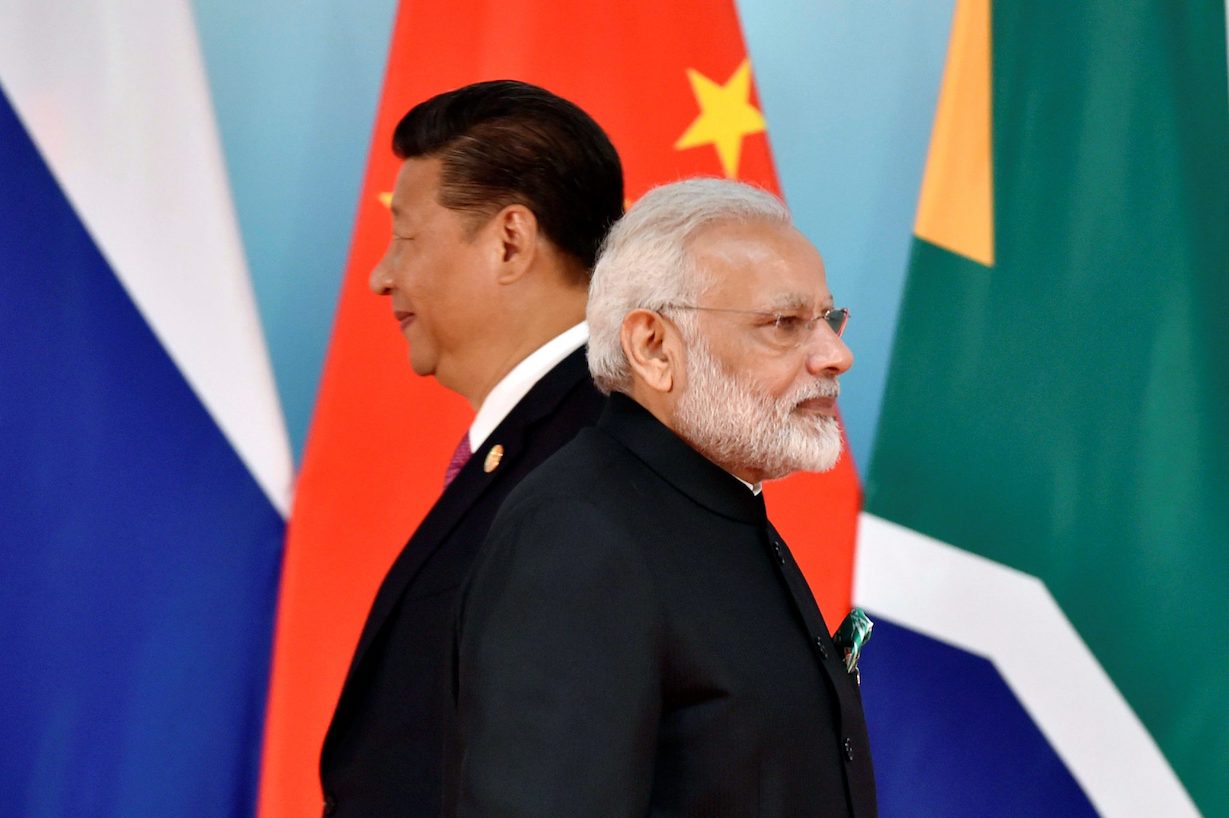China has once again attempted to assert its territorial claim over Arunachal Pradesh by releasing a fresh list of renamed locations in the Indian state, a move that has drawn sharp criticism and outright rejection from New Delhi. In its latest action, China’s Ministry of Civil Affairs unveiled a list of 30 new names for various places in Arunachal Pradesh, which Beijing refers to as “Zangnan” or the southern part of Tibet. This is the fourth such attempt by China in recent years, as part of its ongoing strategy to challenge India’s sovereignty over the region.
India’s response has been immediate and unequivocal. The Ministry of External Affairs (MEA) issued a strong statement, calling China’s actions “vain and preposterous attempts” that will not alter the “undeniable reality” that Arunachal Pradesh “was, is, and will always remain an integral and inalienable part of India”. MEA spokesperson Randhir Jaiswal reiterated India’s principled position, stating, “Creative naming will not alter the undeniable reality that Arunachal Pradesh was, is, and will always remain an integral and inalienable part of India”. The government categorically rejected China’s move, dismissing it as a futile exercise that cannot change facts on the ground.
This is not the first time China has tried to rename places in Arunachal Pradesh. The practice began in April 2017, when China released its first list of six renamed locations. This was followed by similar lists in December 2021, April 2023, and now in 2024, with the total number of renamed sites now exceeding sixty. These locations include villages, towns, mountain peaks, passes, rivers, and lakes. Each time, India has responded with strong diplomatic protests and public statements, reiterating that such “invented names” have no legitimacy and do not affect India’s sovereignty or administrative control over Arunachal Pradesh.
The root of this dispute lies in the historical and legal complexities surrounding the boundary between India and China in the eastern sector. The McMahon Line, drawn during the 1914 Shimla Convention between British India and Tibet, serves as the de facto boundary between Arunachal Pradesh and Tibet. India recognises the McMahon Line as the legal and internationally accepted boundary, and has administered Arunachal Pradesh as part of its sovereign territory since independence. However, China disputes the legitimacy of the McMahon Line, arguing that it was not a party to the Shimla Convention and therefore does not recognise the boundary. China claims the entire state of Arunachal Pradesh as part of “South Tibet”, while India maintains that the region is an integral part of its territory and has been under Indian administration since the end of British rule.
Indian leaders and officials have consistently condemned China’s renaming attempts. External Affairs Minister S. Jaishankar has publicly questioned the logic behind China’s actions, famously remarking, “If today I change the name of your house, will it become mine?” He emphasised that changing names does not affect the status of the territory and that Arunachal Pradesh remains a “natural part of India”. The MEA has repeatedly described China’s claims as “baseless,” “absurd,” and “ludicrous,” underscoring that India’s position is clear and consistent.
China’s strategy of renaming is seen as part of a broader campaign to assert its territorial claims and create a narrative of historical legitimacy. However, experts and Indian officials alike point out that these claims are not supported by facts or history. Arunachal Pradesh has been under Indian administration since independence, with its people actively participating in India’s democratic processes, unlike the Chinese-controlled areas of Tibet. The renaming exercise is viewed as a political manoeuvre rather than a reflection of ground realities.
India has also demonstrated its resolve through high-profile visits by senior leaders to Arunachal Pradesh and by accelerating infrastructure and development projects in the state. These actions send a clear message that India will not be deterred by China’s cartographic aggression or naming tactics.
In conclusion, India’s historical and current response to China’s renaming attempts in Arunachal Pradesh has been one of categorical rejection, robust diplomatic rebuttal, and visible assertion of sovereignty. The government’s message remains clear: assigning invented names or making unilateral claims will not change the established facts. Arunachal Pradesh continues to be an integral part of India, and any attempt to question this is firmly rejected by both the government and the people of the state.


